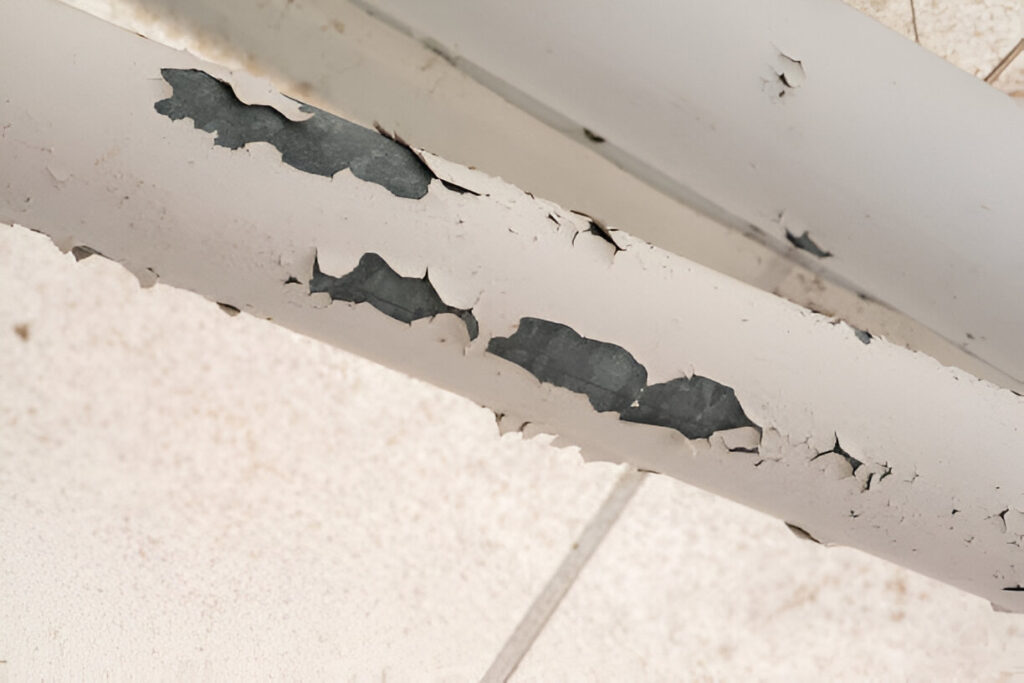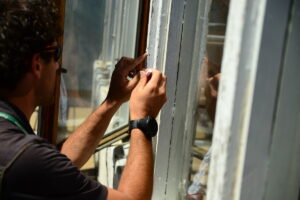If you’ve ever owned or currently own a property in New York City, there’s a high probability you’re already aware of the importance of keeping your building up to code. However, here’s a question that may not be on your radar:
Could your property be at risk for a DOH lead violation in NYC?
Not sure? You’re not alone. Here’s everything you need to know about what this violation means, why it even matters, and how you can protect your property, all while staying on the right side of the law.
What is DOH and Why Does it Matter?
The Department of Health (DOH) is a government body in New York City tasked with protecting public health. They enforce health and safety regulations, including those related to lead-based paint in residential properties. When it comes to lead exposure, the DOH is particularly vigilant, given the severe health risks associated with lead poisoning.
Their inspections and regulations aim to prevent exposure to lead, often found in older buildings constructed before lead-based paint was banned in 1978. As a property owner, you’re required to follow specific laws to ensure your property is lead-safe.
What Triggers a DOH Lead Violation?
You may think you’ve never really had a problem with lead paint before, so why bother now? The reality, however, is that most property owners are completely oblivious of potential lead hazards lurking in their property.
Some common triggers for a lead violation include:
1. Your Building Was Built Before 1978
If your property was constructed before lead-based paint was banned in 1978, there’s a good chance it still contains lead paint. Older properties, especially those built before 1960, are the most at risk, as lead paint was widely used back then.
If you don’t know your property’s construction date or haven’t tested for lead, it’s time to act.
2. Peeling, Chipping, or Cracking Paint
One of the clearest indicators of lead risk is the condition of your paint. Peeling, chipping, or cracking paint is a red flag for potential lead exposure. Lead paint hazards occur when deteriorating paint releases lead dust or chips into the air or onto surfaces where children can come into contact with it.
3. Renovations Without Lead-Safe Practices
If you’ve recently renovated or repaired your property, ask yourself: Were the proper lead-safe practices followed?
Renovations that disturb lead-based paint can release dangerous lead dust into the air. The DOH requires certified lead-safe work practices during renovations in older buildings, including sealing off work areas and conducting clearance tests afterward.
4. No Records of Annual Lead Inspections
Did you know NYC law requires annual inspections of apartments where children under six live? If you haven’t conducted these inspections or maintained proper documentation, you’re not only risking a violation but also the safety of your tenants.
Many property owners fail to realize that simply inspecting once and forgetting about it isn’t enough.
If any of these issues sound familiar, it’s time to act.
Also Read: The Connection Between Lead Exposure and Child Development
When in Doubt, Call the Experts
And by experts, we’re referring to Manhattan Lead. With years of experience in lead remediation and compliance consulting, we specialize in helping NYC property owners meet DOH standards and avoid violations.
Don’t wait until you’re facing a costly violation to take action.
If you’re ready to stay ahead of the game and steer clear of DOH lead violations in NYC, reach out to us today. Your property and your tenants deserve nothing less.




